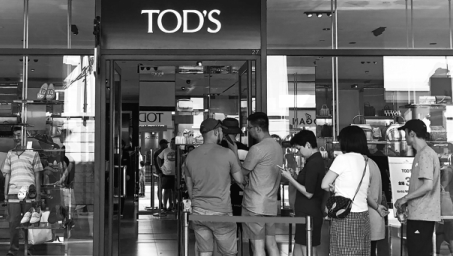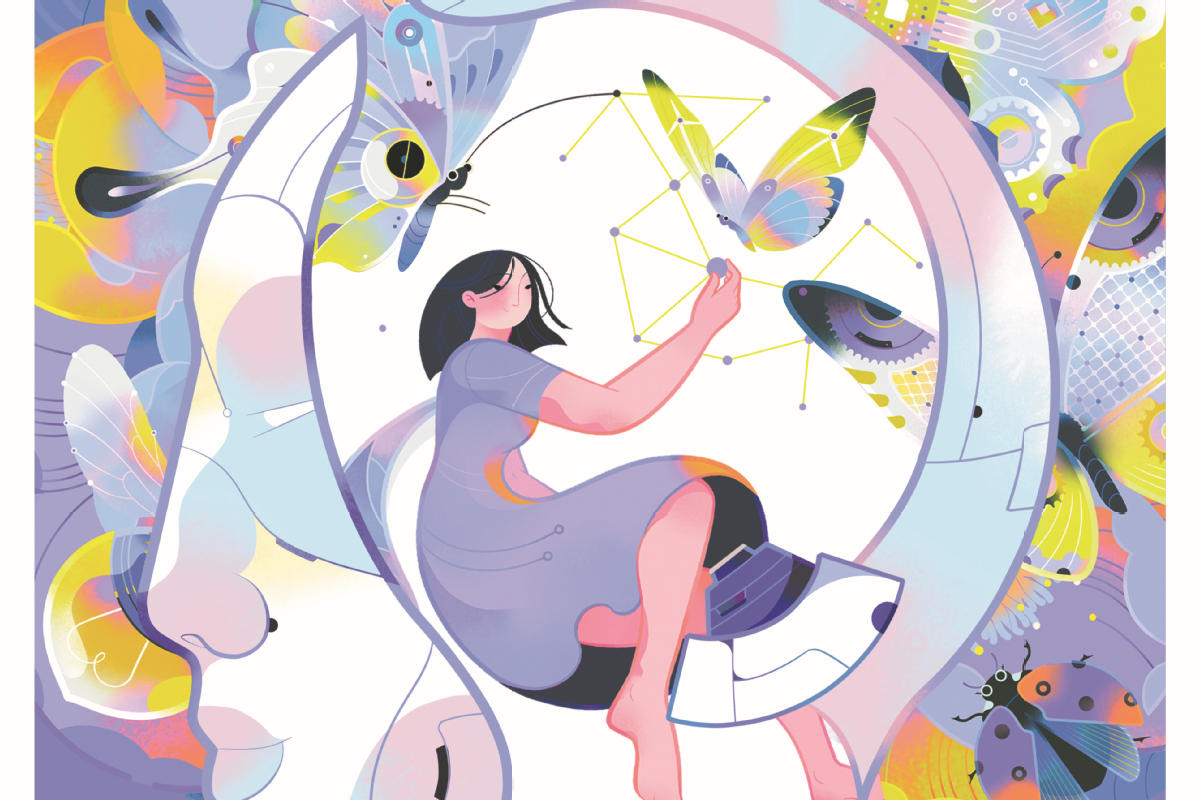Chinese consumers driving growth of global luxury goods industry

Chinese consumers were one of the key driving forces for the growth of the global luxury goods industry last year and will continue to be so this year, according to a report by Bain & Company and Italian luxury goods manufacturers' industry foundation Fondazione Altagamma.
Released in November, the report found that the luxury sector worldwide is proving resilient to the uncertainties that continued to characterize the global economy in 2019.
The total market value in the world is about 1,268 billion euros ($1,412 billion), a year-on-year rise of 4 percent. The report found that personal luxury goods observed the same growth of 4 percent, rising to 281 billion euros last year.
It also made a positive forecast for the global personal luxury market this year, with 10 percent growth expected among Chinese consumers, 6 percent growth for leather goods and 13 percent for digital sales channels.
For example, new consumers in China and emerging markets are expected to contribute to the 6 percent rise in leather goods, which is expected to be the fastest growing category of the luxury sector in 2020, along with beauty products. China was a key player as the market witnessed a 30 percent increase, followed by the rest of Asia and Japan.
Meanwhile, millennials, or Generation Y and Generation Z, accounted for 100 percent of the global luxury market growth in 2019. In China and Southeast Asian markets these segments are proving most dynamic and the most interested in personal luxury goods.
In terms of where to buy luxury products, the online channel was the most dynamic in terms of growth, seeing a 22 percent increase overall, with growth most visible in Asia and in the accessories category. The retail channel continues to show a sustained and organic growth curve.
Looking ahead, online channels will continue to dominate growth this year but physical retail remain solid at 4 percent as stores adapt from being purely points of sale to touch points for consumer engagement.
The ultrarich, referring to consumers with investable assets of at least $30 million, represent about 30 percent of the global market, showing increasingly enthusiastic buying behavior. In Asia especially, the middle-income earners are contributing to the expansion of the luxury consumer base, with entry-price lines and outlet channels growing accordingly.
The report found that the biggest growing sector in 2019 was shoes and jewelry, which grew at 12 percent, but the gaps in performance between product categories are narrowing thanks to the consumers being more open to new value propositions and new business models.
For example, the global secondhand market was worth 26 billion euros in 2019, up 16 percent compared with 2018.
Consumers of luxury products have been found to be proactive, taking the time to talk about, share, observe and judge the market and brands.
"It is becoming increasingly crucial for brands to put the consumer at the center of their work, and focus on sparking emotional engagement and implementing concrete social responsibility strategies," said the report. "Creativity has to be the key driver of all activities, not just product development."
Bruno Lannes, a partner at Bain & Company, said: "The growth engine of the global luxury market comes from Asia, particularly Chinese consumers. Today, luxury consumers are increasingly proactive and continue to rewrite the sector's rules. Brands should look for a brand-new business model to meet the demands from consumers when they buy and use luxury products, and when communicating with them."

Today's Top News
- Ukraine says latest peace talks with US, Europe 'productive'
- Asia's rise and Europe's structural decline
- Economic stability a pillar of China's national security
- Xi taps China's deep wisdom for global good
- New rules aim for platforms' healthy growth
- Chinese web literature grows overseas






























